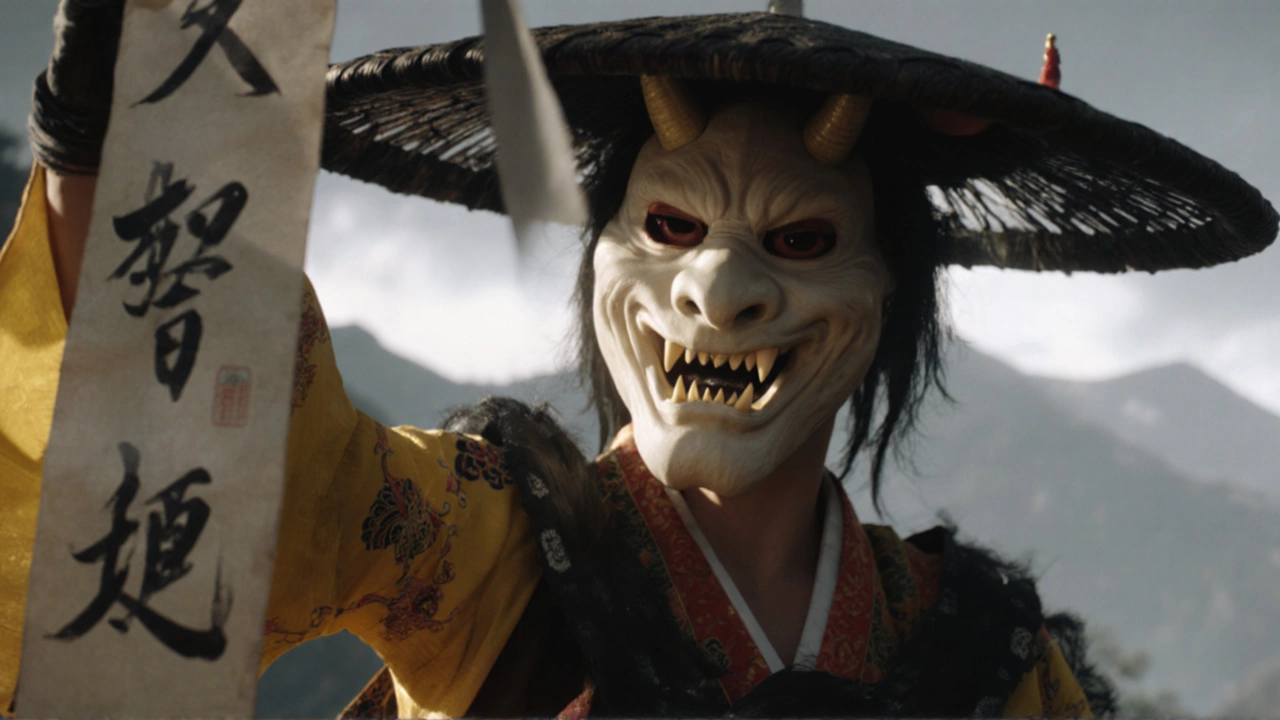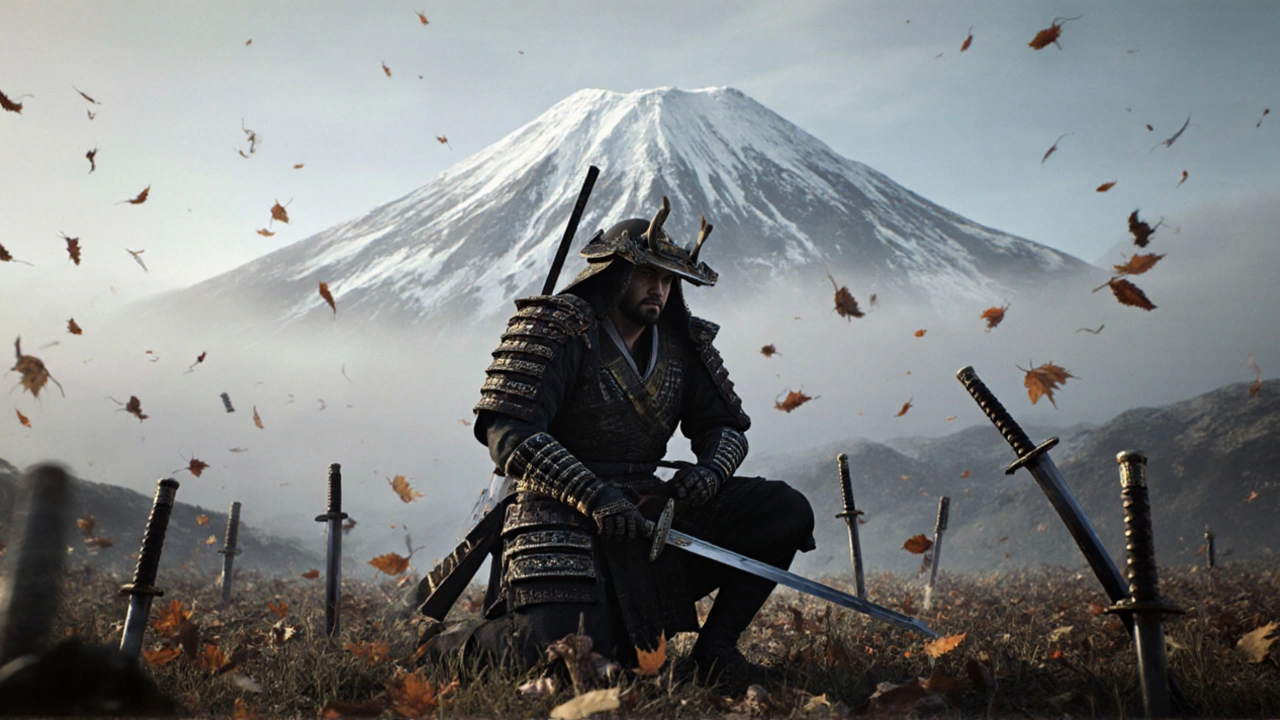Gameplay and Combat Evolution
From the moment you grip the DualSense controller, Ghost of Yōtei makes it clear that the combat isn’t just a repeat of its predecessor. The hybrid system takes the smooth parry‑and‑counter rhythm that fans loved in the Arkham series and tightens it with Sekiro‑style precision. This means each sword swing feels purposeful, and the timing windows for ripostes are razor‑sharp. The result is a flow that matches the protagonist’s volatile personality – brutal, relentless, and just a little unpredictable.
New mechanics keep the action from feeling stale. Smoke bombs now grant an instant vanish, letting you slip out of a melee and pop up behind an opponent for a lethal stab. Kunai can be thrown as a finishing move after a successful assassination streak, adding a satisfying visual cue when a group of enemies falls. The optional armor sets and skill upgrades, while not a deep build tree, let you specialize in a sneaky shinobi style or a blood‑soaked berserker approach. Most players will find a sweet spot that feels both personal and effective.
Even the visual feedback has been refined. When Atsu, the new protagonist, stands covered in mud and blood after a hard‑won fight, the game shows a subtle animation of her wiping the blade clean before sheathing it. It’s a small detail, but it reinforces the gritty tone and rewards you for grinding through tough encounters.

Story, Atmosphere, and the New Hero
Atsu replaces Jin as the series’ main samurai, and her fiery, brash edge shakes up the narrative. Voiced by Erika Ishii, she carries a rawness that feels earned – stubborn, quick‑to‑anger, and often blinded by her own bloodlust. This personality flaw isn’t just for show; the world reacts to it. NPCs will challenge her decisions, and side quests frequently force her to reconsider a path of blind revenge.
The setting itself is a clear departure from the bright, windswept hills of Tsushima. Here, lingering clouds, heavy rain, and damp, grey landscapes dominate every horizon. Flower fields are still present, but they’re drenched, giving them a melancholy beauty that matches the tale’s tone. The game’s designers deliberately made the world “wetter, bleaker, and greyer,” and the result feels like a visual metaphor for Atsu’s inner turmoil.
Side quests are plentiful, but they now often tie back to the main theme of justice versus vengeance. Whether you’re helping a village fend off bandits or unraveling a corrupt lord’s secret, each mission adds a layer to the moral gray area the game explores. The main story steers away from romanticized samurai ideals, instead asking how far a warrior will go when personal loss fuels a desire for retribution.
While the builds system doesn’t allow for deep customization, the combination of new stealth tools, varied weapon handling, and a more expressive protagonist keeps the experience feeling fresh across dozens of hours. The atmospheric sound design – rain pattering on steel, distant thunder, and the echo of footsteps on muddy paths – further immerses you in this storm‑laden world.
Overall, Ghost of Yōtei offers a refined combat loop, an evocative setting, and a protagonist whose flaws make her feel human. It builds on the solid foundation of its predecessor while daring to shift the series toward a darker, more personal story of justice.
